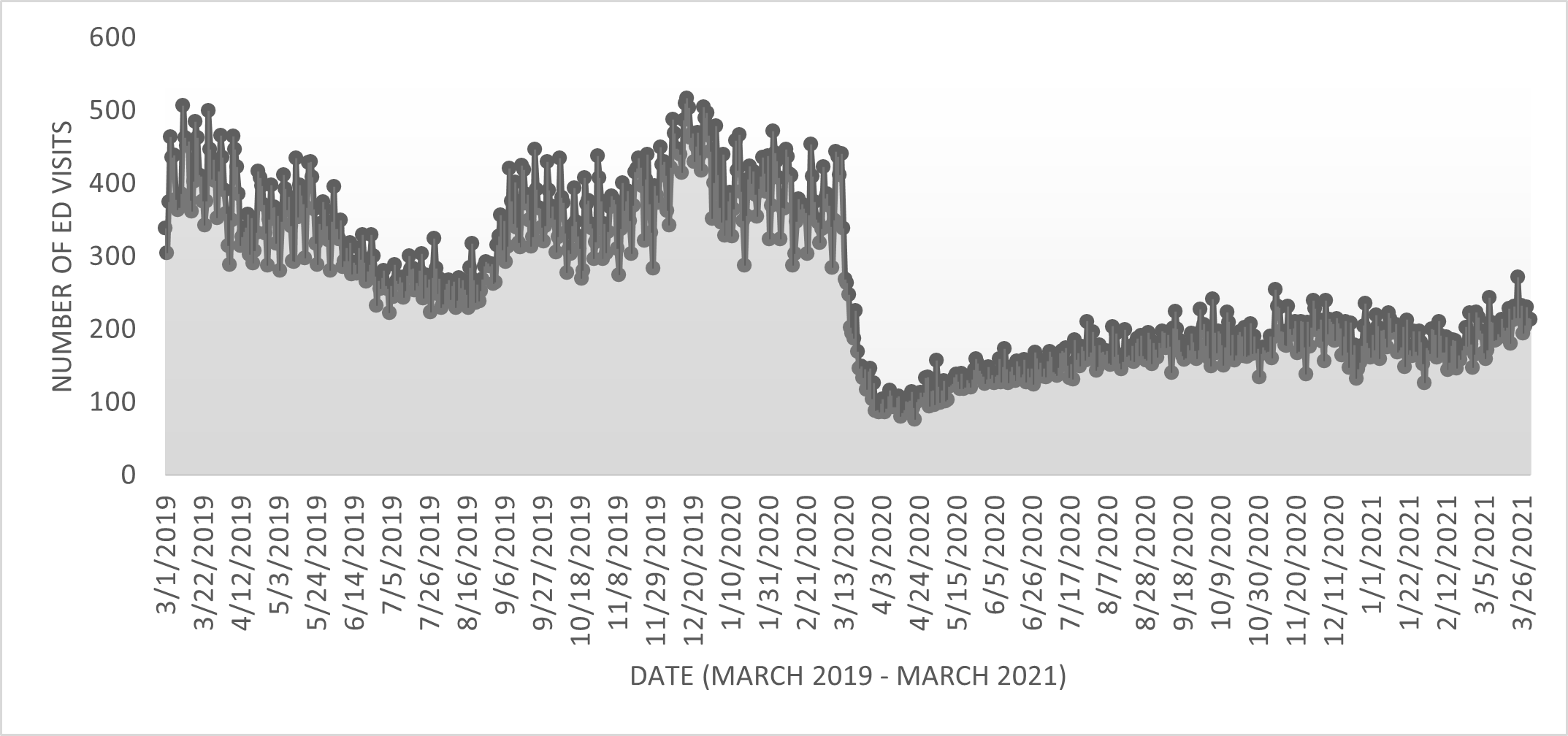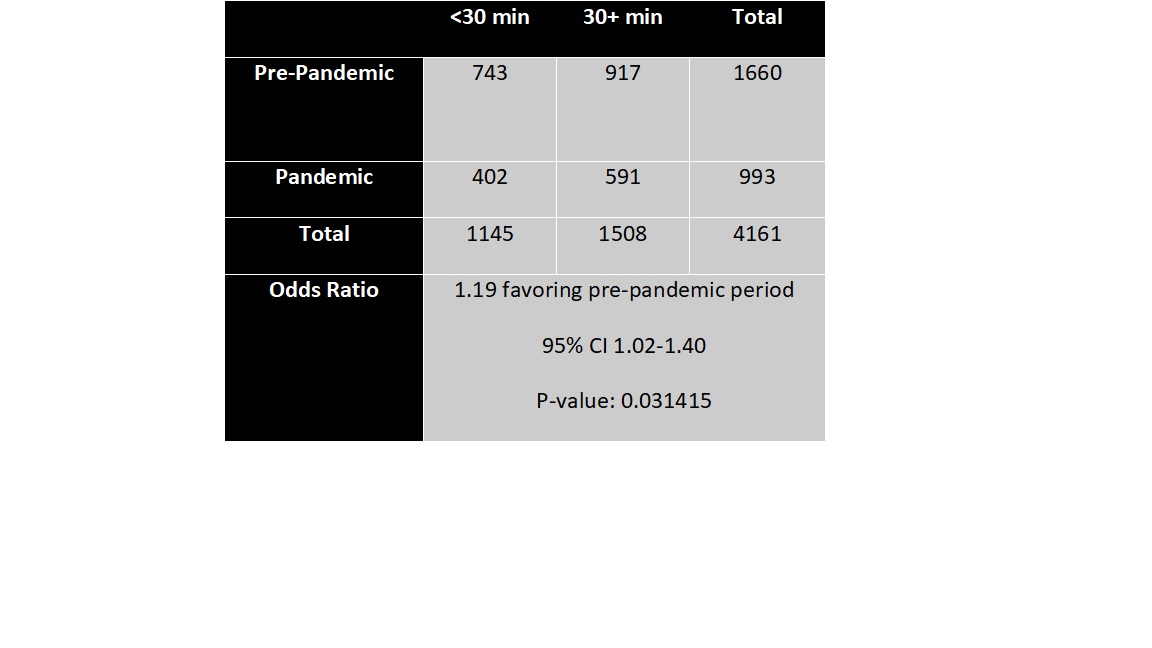Emergency Medicine: All Areas
Emergency Medicine 4
66 - The Effect of Decreased ED Volumes in COVID-19 Pandemic on Median Time to Pain Medication for Pediatric Long Bone Fractures
Friday, April 28, 2023
5:15 PM - 7:15 PM ET
Poster Number: 66
Publication Number: 66.112
Publication Number: 66.112
Tim Carr, Children's National Hospital, Washington, DC, United States; Kristen Breslin, Children's National Health System, Washington, DC, United States; Jaclyn Kline, Children's National Health System, Washington, DC, United States

Tim Carr, MD (he/him/his)
Pediatric Emergency Medicine Fellow
Children's National Hospital
Washington, District of Columbia, United States
Presenting Author(s)
Background: : Early administration of pain medication for long bone fractures has shown significant improvements in patient satisfaction and reduces the need for additional pain medication doses or escalation to stronger pain medications. Healthcare worker task burden is believed to contribute to timeliness of medication administration. During the SARS CoV2 pandemic, pediatric emergency department (ED) visits precipitously dropped.
Objective: We aim to describe time to first pain medication (TTPM) across 24 months from March 2019 to February 2021.
Design/Methods: Data from visits between March 2019 and February 2021 were collected from a large, urban tertiary care pediatric ED. Patients age four to eighteen years with a visit with an ICD-10 code for long bone fracture were included. Patients assigned Emergency Severity Index Level 1 were excluded. Overall, 2,259 patients were included in the study (Table 1). Retrospective Interrupted Time Series Analysis was performed between pandemic and pre-pandemic TTPM. Chi-Squares were used to compare TTPM of less than 30 minutes to 30 minutes or more.
Results: ED volumes significantly declined in March 2020 with the onset of the SARS CoV 2 pandemic (Figure 1). No significant change was found in the number of patients with fractures presenting to the ED during that period. Interrupted time series analysis showed no significant change in TTPM (Figure 2). Additionally, more patients received pain medication within 30 minutes pre-pandemic than during the pandemic (OR 1.19, 1.02-1.40) (Table 1).
Conclusion(s): Overall, no significant change occurred in time to pain medication across the pre-pandemic and pandemic time periods. Sub-analysis demonstrated increased odds of receiving pain medicine in less than 30 minutes in the pre-pandemic period (Table 1). This data does not support the hypothesis that lower overall healthcare worker task burden leads to faster pain medication administration. More concentrated studies are required to analyze the factors that lead to this difference.


.png)
